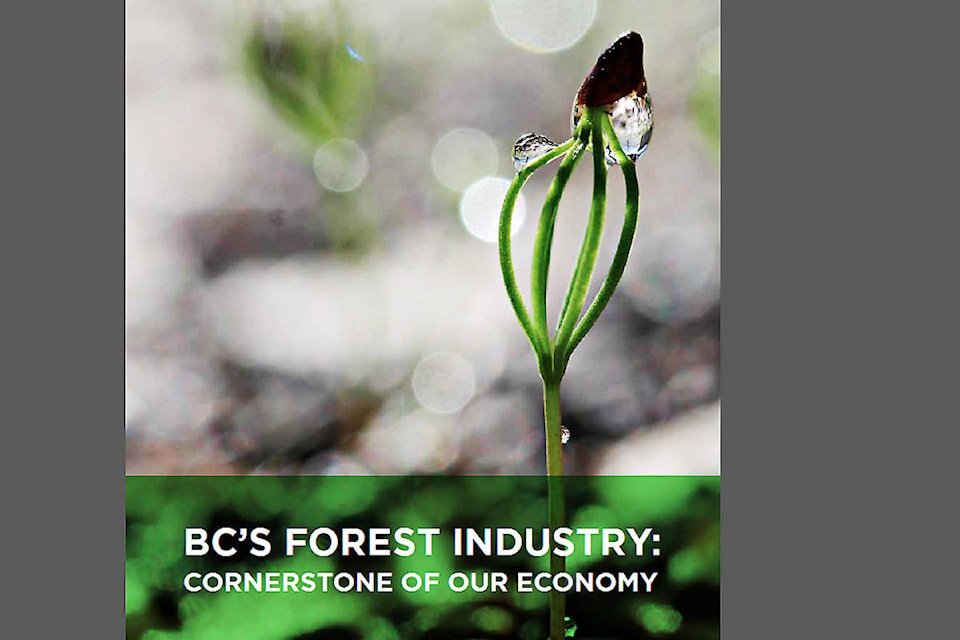Submitted
VANCOUVER: An economic study released Monday by the B.C. forest industry confirms that the sector continues to be a cornerstone of the provincial economy and one of the largest employers across the province.
“In the southern Interior, our economic health depends on a vibrant forest sector. All parts of the industry - from manufacturers to suppliers to service providers and more - play a crucial role in creating well-paying, family-supporting jobs in every part of our region. This report clearly reinforces that,” commented Ken Kalesnikoff, chair of the Interior Lumber Manufacturers’ Association.
READ MORE: Download the report here
Produced by PwC, the study assessed the economic impact of the B.C. forest industry’s ongoing operations, employment and capital spending across the province related to forestry and logging, wood product manufacturing and paper manufacturing.
The study confirmed the importance of B.C.’s forest industry to families and communities across B.C.
In 2016, the forest industry generated one out of every 17 jobs in the province, or over 140,000 total jobs, generating a total of $8.6 billion in wages to workers. Of the total jobs, the industry employs 60,000 people directly with an additional 81,000 indirect and induced jobs generated from forest sector activity.
Notably, across the province, 140 communities also rely on the forest industry and are considered forest dependent through their mills, community forests, or significant logging operations.
The forest sector continues to be foundational to the B.C. economy generating $33 billion in output and $12.9 billion in GDP. Additionally, the sector contributed $4.1 billion in payments to municipal, provincial and federal governments from forest industry operations. That figure includes $1.4 billion to the federal government, almost $200 million in taxes to municipal governments, and $2.6 billion to the B.C. provincial government in the form of provincial taxes, stumpage, payments to BC Hydro, annual rent, logging taxes and fees. This revenue is key to providing essential public services to British Columbians such as education, health care and infrastructure.
Renewable B.C. wood products are in demand around the world, with B.C.’s forest industry exporting $13.7 billion worth of forest products in 2016, accounting for 34 per cent of all provincial exports. The B.C. forest industry has also worked hard alongside provincial and federal governments to diversify its markets overseas, with China now accounting for 24 per cent of B.C.’s forest product exports.
One of the reasons why B.C. wood products are in such demand is that B.C. is a world leader in sustainable forestry. The industry plants three trees for every tree harvested on average, and less than one per cent of the timber land base is harvested each year. B.C.’s forest companies continue to innovate, and make ongoing investments in the communities in which they operate to benefit workers, families, communities and the province.
While forestry is a key driver of the provincial economy, the industry is facing some significant challenges including the ongoing softwood lumber trade dispute with the United States, rising costs and the devastating impacts on fibre supply from both this summer’s wildfires and the mountain pine beetle infestation.
To download a copy of the British Columbia’s Forest Industry and the B.C. Economy in 2016 visit www.cofi.org
